Carolin Funck and Malcolm Cooper’s Japanese Tourism: Spaces, Places and Structures, published this month, explains the nuances of Japanese tourism, both by the Japanese and within Japan by tourists from around the world. Below, the editors recall what drew them to this fascinating field of study, how the field has changed since they started writing, and how they predict it will continue to change in the future.
__________________________________________

Berghahn Books: When were you drawn to the study of Japanese tourism? What inspired your love of your subject?
Malcolm Cooper: The lack of a readily available text that brought together the several elements of Japanese tourism and chronicled its form and function over the years when I first started to teach this subject more than 10 years ago.

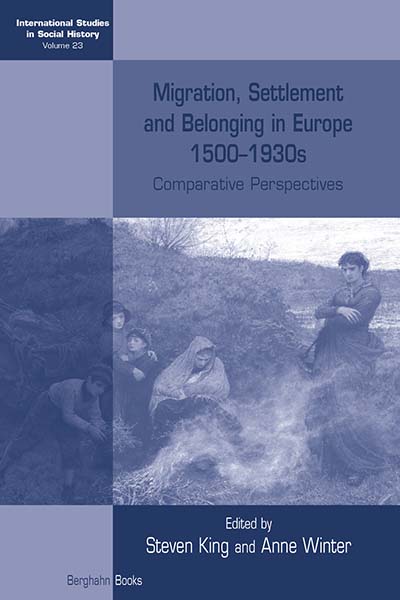 The British print and online media has for the last year been awash with compelling stories about abuses of the welfare system: the mother who has 11 children and feels the state should fund her life choices; the recent immigrants who are entitled to welfare benefits notwithstanding a lack of accumulated contribution; the ‘disabled’ welfare claimants who are exposed as professional dancers or scuba divers.
The British print and online media has for the last year been awash with compelling stories about abuses of the welfare system: the mother who has 11 children and feels the state should fund her life choices; the recent immigrants who are entitled to welfare benefits notwithstanding a lack of accumulated contribution; the ‘disabled’ welfare claimants who are exposed as professional dancers or scuba divers.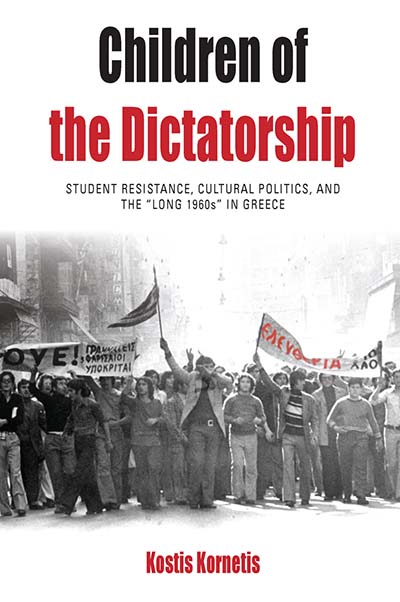

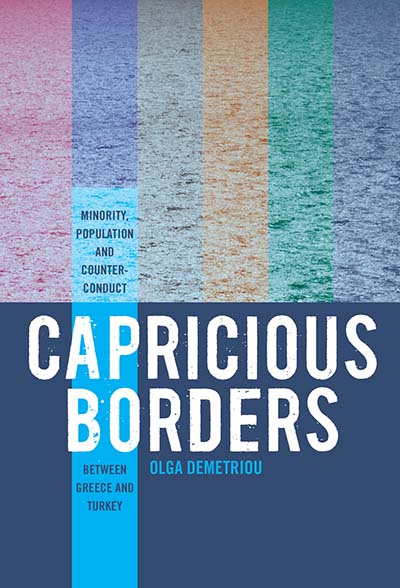
 The early workers in the search for extra-terrestrial intelligence were concerned with the technical problems of sending and receiving radio signals across inter-stellar distances.
The early workers in the search for extra-terrestrial intelligence were concerned with the technical problems of sending and receiving radio signals across inter-stellar distances.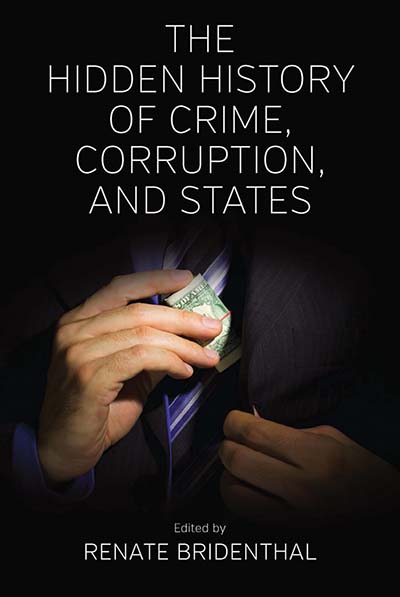
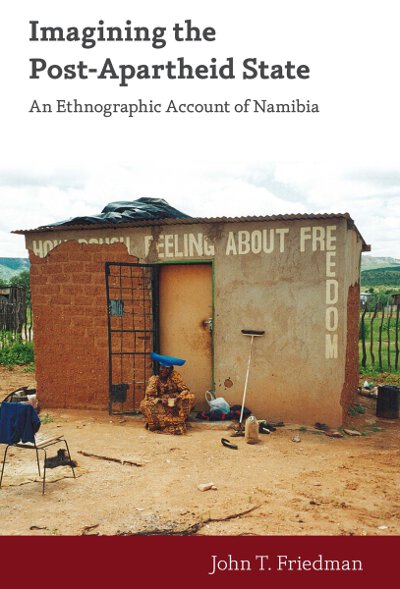
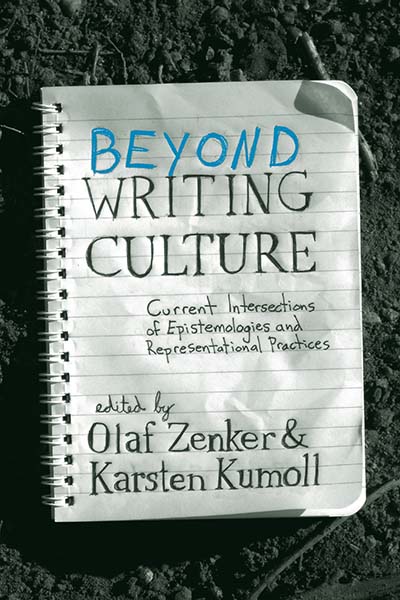
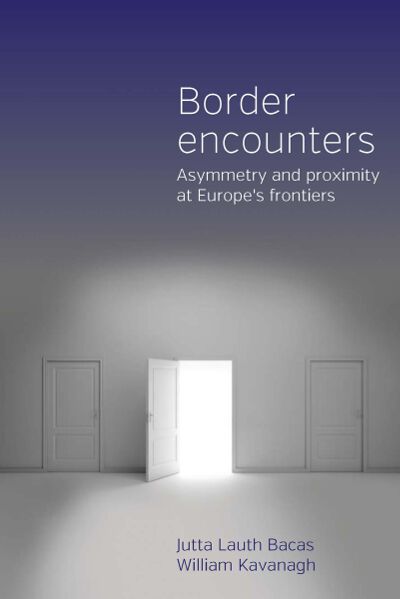 Berghahn Books: What drew you to the study of political and social borders? Why is this study important?
Berghahn Books: What drew you to the study of political and social borders? Why is this study important?